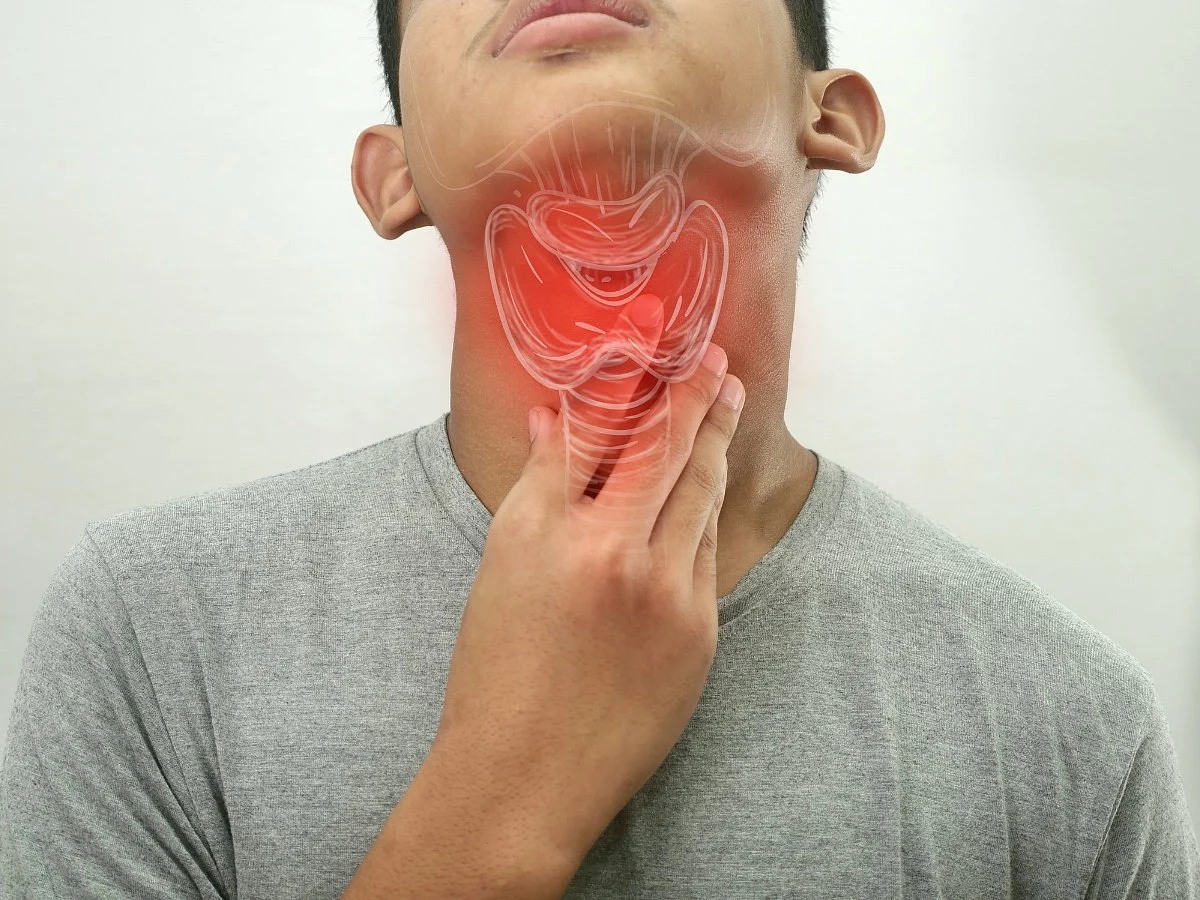Mumps: Symptoms, Treatment, Causes, Diagnosis and Prevention
Check the causes, symptoms, treatment and prevention tips for mumps below.

advertisement
The hallmark sign of mumps is the swelling of one or both parotid glands, resulting in a characteristic "chipmunk cheek" appearance. Common symptoms include fever, headache, muscle aches, fatigue, and difficulty swallowing. Diagnosing mumps involves clinical evaluation and laboratory tests, with a healthcare professional assessing symptoms and examining jaw swelling. Confirmation may require a blood test or saliva sample analysis to detect the mumps virus.
There is no specific antiviral treatment for mumps, so management focuses on relieving symptoms and preventing complications. Bed rest, hydration, pain relievers, and warm or cold compresses can alleviate discomfort. Isolating the infected individual is crucial to prevent the virus from spreading.
Vaccination, specifically the MMR (measles, mumps, and rubella) vaccine, is a key preventive measure. Administered in two doses during childhood, the vaccine provides long-lasting immunity. Let's know the symptoms, causes, diagnosis, treatment and prevention of Mumps in detail.
Mumps: Symptoms
Mumps is a viral illness caused by a paramyxovirus that primarily affects one or both of the salivary glands known as the parotids. According to Dr Garima Pathania MBBS, MD (Pediatrics and Neonatology)Consultant Pediatrics at Ruby Hall Clinic, Wanowrie the disease begins with nonspecific symptoms such as:
Low-grade fever
Malaise
Headache
Loss of appetite.
These symptoms last around 3-4 days. This is followed by inflammation of the parotids, causing pain, swelling, and tenderness in the cheek and jaw area, typically lasting 7 to 14 days.
Other complications of mumps, more severe than orchitis and more common in unvaccinated individuals, include pancreatitis (inflammation of the pancreas), meningitis, encephalitis (inflammation of the brain), and myocarditis (inflammation of the heart muscle). These rare complications can lead to intensive care unit admissions and result in prolonged effects like deafness and heart failure.
Mumps: Causes
Mumps is a contagious viral infection caused by the paramyxovirus, primarily affecting the salivary glands. The virus is transmitted through respiratory droplets or direct contact with infected saliva, making crowded environments conducive to its spread. The mumps virus enters the body through the respiratory tract and targets the parotid glands, leading to inflammation and swelling.
Mumps; Diagnosis
Diagnosing mumps is mainly based on clinical examination. To confirm the diagnosis, a swab taken from the mouth (buccal swab) within the first three days of swelling in the parotid glands, along with a positive RT-PCR test, is used. Blood tests, specifically for detecting IgM (Immunoglobulin M) antibodies, can provide additional support in the laboratory. In more complex cases, testing of semen, urine, and cerebrospinal fluid (CSF) samples for the mumps virus using RT-PCR can be conducted to confirm the diagnosis.
Mumps: Treatment
Treating mumps mainly involves providing support to alleviate symptoms. The key measures include:
1. Ensuring sufficient hydration by drinking plenty of fluids orally to prevent dehydration. A soft diet is recommended to ease discomfort while chewing.
2. Getting adequate bed rest.
3. Applying scrotal support and ice packs to reduce inflammation, especially in cases involving swelling of the testicles.
4. Using cold compresses on the parotid glands to alleviate swelling.
5. Taking non-steroidal anti-inflammatory drugs to manage pain and reduce inflammation.
6. Preventing secondary bacterial infections.
7. Considering the use of steroids in extremely complex and severe cases.
Mumps: Prevention
Prevention is always better than cure. The IAP (Indian Academy of Paediatrics) has introduced the MMR vaccination, which is compulsory for all children. This has significantly decreased the number of complications in mumps cases.
However, as the virus spreads through infected respiratory droplets, it's crucial to implement contact isolation for affected individuals to prevent a mumps outbreak.
(At The Quint, we question everything. Play an active role in shaping our journalism by becoming a member today.)